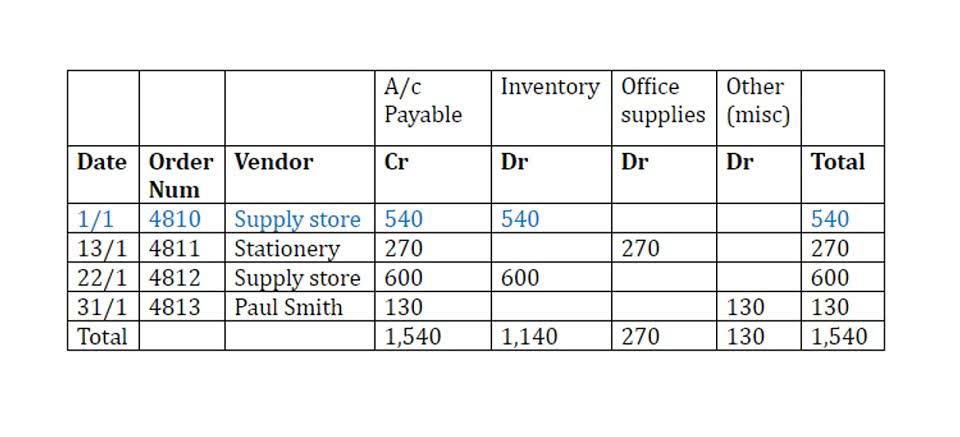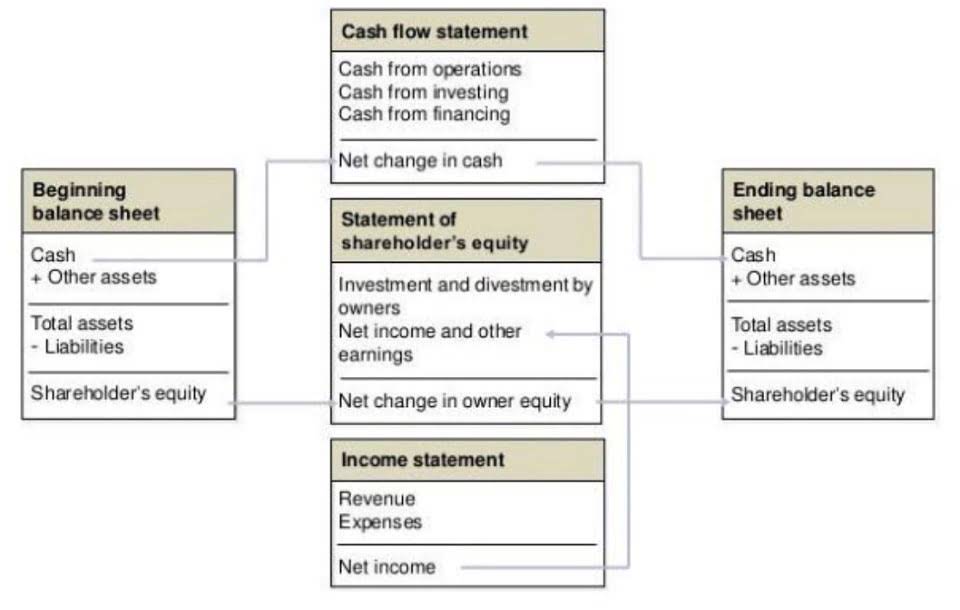
This method requires contractors to use a separate, dedicated balance sheet to record their expenses and revenues. Once the project is finished, the billings and costs will be pushed to their income statement. Even if payment is received through progress billings, those will not be factored into the final income statement until the end of the project. But, if the contractor becomes aware that the contract will end in a loss, it should be recorded on the income statement as soon as possible. The Completed Contract Method (CCM) is an accounting method in which revenues and expenses are recognized upon the completion of the contract.
- Why most contractors prefer this method is that it fits well with short-term contracts as well as projects involving residential construction.
- In situations like this, when there’s uncertainty about when everything will be done, using the completed contract method is allowed.
- The main problem with the completed contract method is that reported sales, expenses, and profits will be highly irregular, especially if all of a company’s projects are accounted for in this manner.
- The accrual accounting method recognizes revenue and expenses when they occur, meaning the revenue doesn’t need to be received by the company before accounting for it.
- This calculation will result in a current gross profit of $400,000 ($4 million x 0.4) – ($3 million x 0.4).
- Punch list work might seem minor, but it has an improportionate impact on payment.
Accordingly, as with the completed contract method, Build-It holds the value of their billings on their balance sheet before they can recognize it on their income statement. The completed contract method is a rule for recording both income and expenses from a project only once the entire project is complete. This contrasts with the percentage-of-completion method (PCM), which recognizes a portion of revenue as the contractor completes the contract.
The Percentage of Completion Method Explained
The completed contract method (CCM) is a way to recognize income and expenses for construction contracts. With this method, no income or deductions are recognized until the contract is complete. When you “recognize” income, you are recording it for tax or other reporting purposes. The completed contract method is one of the most popular accounting methods in the construction industry. It’s the preferred method for short-term contracts and residential projects because of its simplicity and the ability to shift costs and tax liability to the end of the project.
Annual qualifying defence contract statistics: 2022/23 – GOV.UK
Annual qualifying defence contract statistics: 2022/23.
Posted: Thu, 22 Jun 2023 07:00:00 GMT [source]
They record income and expenses using the Percentage of Completion method of accounting, which provides… Accounting for income and expenses can present a real challenge for contractors, especially on long-term projects. The percentage of completion method is one of the most common methods of accounting used in construction. In this article, we’ll explain the percentage of completion method, how it works, and give you some real-life examples. Of course, that doesn’t mean the contractor who uses the completed contract method doesn’t get paid. They’ll continue to bill and receive payment, much like they would under a different revenue recognition method.
Percentage of Completion vs. Completed Contract: What’s the difference?
Where the completed contract method looks at contracts, however, ASC 606 looks at performance obligations. Additionally, contractors who wish to take advantage of tax deferral benefits from point-in-time transfers, they may need to make sure that their contracts provide the appropriate conditions for that method. It is specifically useful for longer-duration projects that span multiple accounting periods. Accounting periods in the context of CCM are normally monthly, with closure and recognition of revenue and costs occurring at month-end. Most construction companies earn revenue and pay job costs throughout the duration of each project.
- In addition, under the completed contract method, there is no need to estimate costs to complete a project – all costs are known at the completion of the project.
- Once the contractor has determined the percentage of completion for a project, the percent is multiplied by the total expected revenue.
- Under the contract, they pay Build-It periodically for progress completed, but there’s no transfer of control yet.
- In Year 1 the company has incurred an amount of $50 million on the contract and the engineers estimate that in the next 2 years the company is expected to expend $110 million more.
- A company can establish milestones throughout the project’s lifetime and assign percentages of completion for each milestone.
- It’s like ensuring the money in the books matches the situation at the construction site.
Using the CCM, a contracting company doesn’t recognize either revenue or expense transactions relating to the contract until the contract is completely finished. Companies that use the CCM must completed contract method formula have some sort of accounts to hold these transactions until recognition. The work in progress report provides a summary of the information used in the percentage of completion calculation.
The Completed Contract Method of Accounting in Construction
Most commercial contractors — both general contractors and specialty contractors — use the percentage of completion method to report their income. When most of your projects last at least a few months, it can be one of the most accurate ways to recognize revenue. Once the contractor has determined the percentage of completion for a project, the percent is multiplied by the total expected revenue. The answer is the amount of income that can be recognized on the project to date. This income is recognized on the income statement through the work in progress report. If a project won’t be completed until the following year, the company won’t have to pay tax on that revenue this year.

Deferring recognition of revenue allows the company to defer their tax liability until the project is complete and the building or units are sold. The percentage of completion accounting method helps to protect companies from fluctuations in their revenue stream by recording revenue at regular intervals. In addition to the completed contract method, another way to recognize revenue for a long-term contract is the percentage of completion method. The two revenue recognition methods are commonly seen in construction companies, engineering companies, and other businesses that mainly generate revenue on long-term contracts for projects.
Percentage of Completion Contract Method Vs Completed Contract Method — Example
The percentage of completion method is an internal accounting process that can differ from the reality on the jobsite. This can present challenges when the revenue and expenses recognized are different from the actual amounts billed or spent on the project. This can create cash flow problems for the contractor if they aren’t careful. While guidance for revenue recognition may have changed in recent years, contractors will find much from the completed contract method alive and well. If the gist is to hold off revenue from the income statement until it’s assured, ASC 606 point-in-time recognition uses a similar procedure.